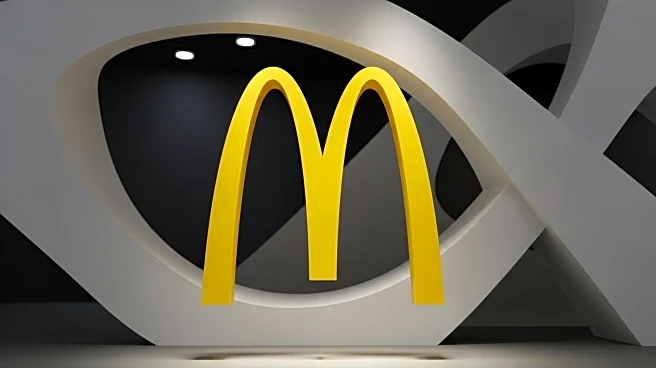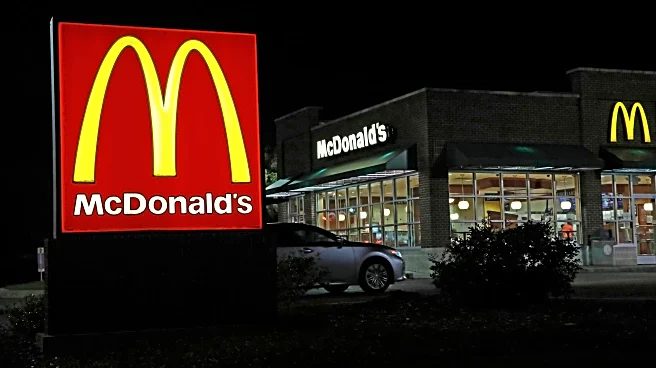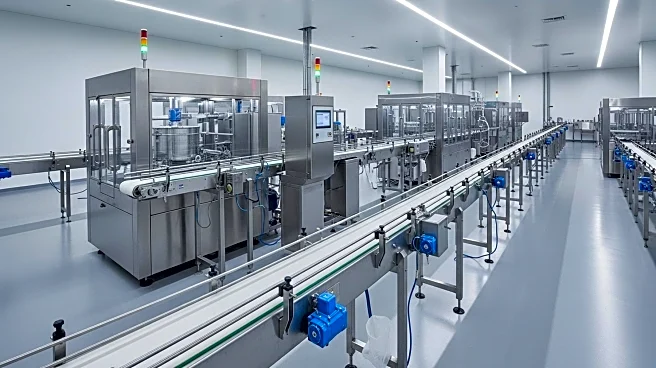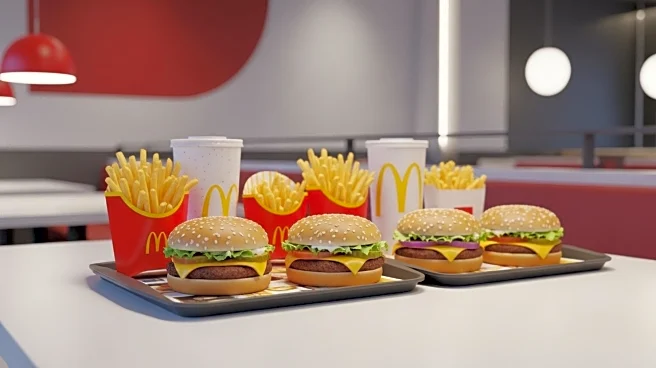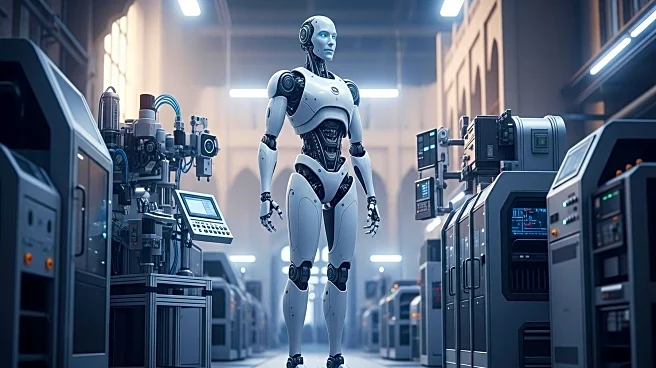What's Happening?
McDonald’s has announced a strategic pivot in its business model, focusing on automation and franchising to address systemic pressures in the fast-food labor market. This shift includes exiting the Restaurant Group and reallocating capital to initiatives like digital infrastructure and localized menu innovation. The company is also investing in AI and automation to mitigate rising labor costs, exemplified by California’s $20/hour minimum wage. McDonald’s is deploying AI-powered systems to improve order efficiency and partnering with tech companies to modernize its infrastructure.
Why It's Important?
McDonald’s strategic realignment is crucial as it addresses labor cost pressures and positions the company for long-term growth. By focusing on automation and franchising, McDonald’s aims to enhance operational efficiency and reduce dependency on manual labor. This shift could lead to significant investment opportunities in AI-driven operational tools and franchisee support ecosystems. As McDonald’s navigates regulatory changes and labor market trends, its approach could set a precedent for the fast-food industry, influencing labor practices and technological adoption.
What's Next?
McDonald’s plans to open 2,200 new restaurants in 2025 and 10,000 by 2027, leveraging its franchise model for efficient scaling. The company is also experimenting with non-traditional recruitment strategies, including partnerships with AARP to hire older workers. As McDonald’s continues to redefine its labor model, the broader industry may follow, creating opportunities for innovation and investment in alternative workforce solutions.
